Birders are fond of the concept of “spark birds” – the birds that inspire a lifetime interest in birding. Sometimes it’s a single sighting of a particularly beautiful species. Sometimes it is watching a common bird in a city park.
I’ve also noticed that birds can spark a general interest in nature and nature observation in kids. Let’s face it: the joys of hard-core listing, the finer points of warbler identification and cold, early mornings are joys that escape many youngers (and adults, too, for that matter).
But many bird species are easy to not only see, but to observe going about their daily routine.
In my experience, kids like to see birds doing interesting things. Some birds just naturally attract more attention.
Here are 8 North American species that I’ve found regularly delight children and new-to-birding adults. I chose some obvious “fan favorites” as well as some overlooked species that are pretty cool.
And how about you? What birds captured your imagination as a kid? Leave your picks in the comments section.
Top 10 List
-
Great-horned Owl
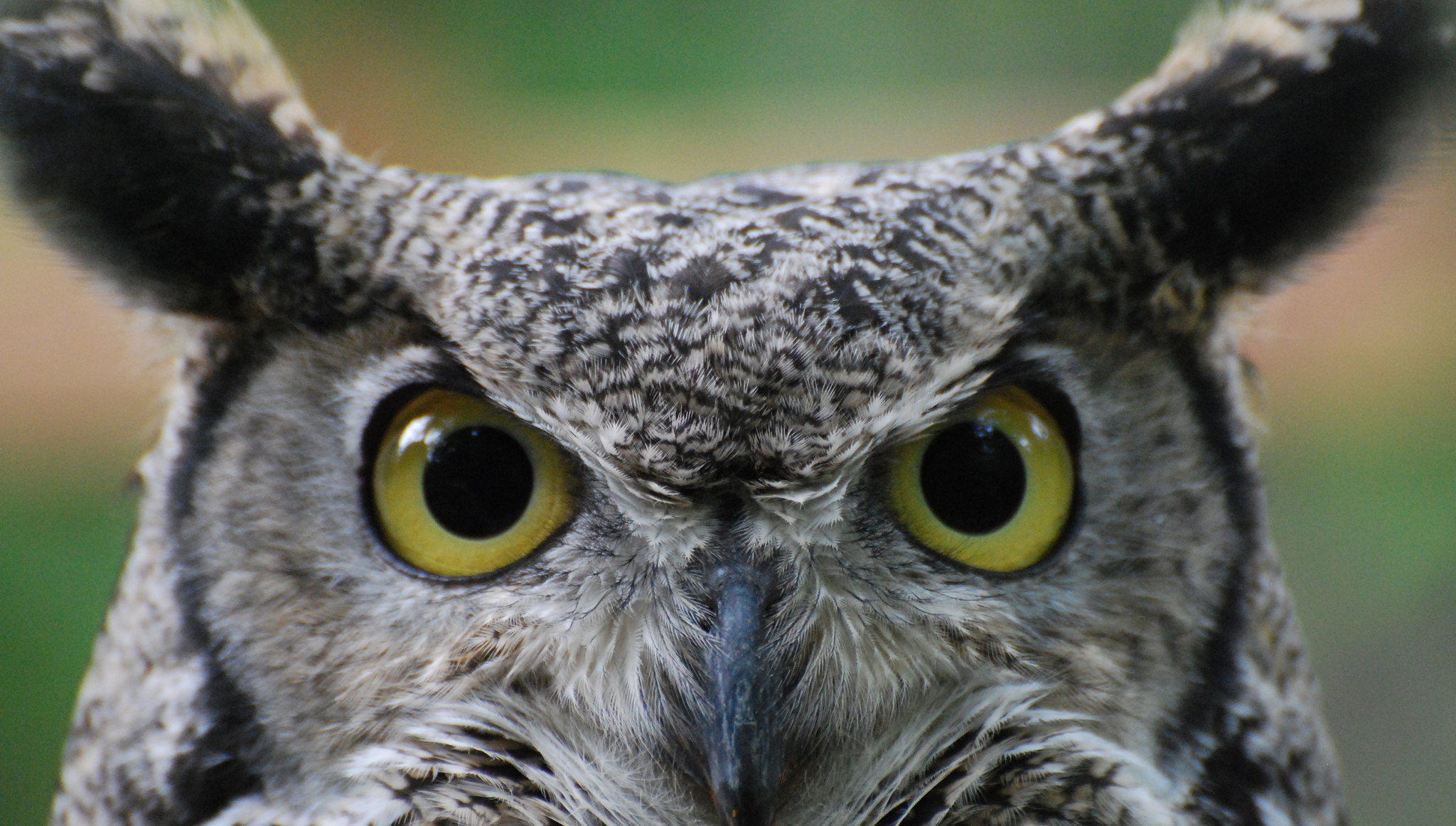
An adult great horned owl. Photo © OnceAndFutureLaura/Flickr through a Creative Commons license. Let’s start with the obvious choice. The great-horned owl is a charismatic species, and even better, it’s common and found across North America. You can find them in city parks, around suburbs, on farms and at nature preserves.
Great-horned owls also can be heard hooting, especially in the winter months. Even when my son was a toddler, he loved to see great-horned owls in trees, while listening to their hooting at dusk.
Owling is a fun winter activity for the family. You can often get an owl to answer your own hoots. Once you hear one, scan thick tree branches and other potential perches. The great horned owl’s outline is unmistakable. You can often sneak closer and enjoy the owl’s antics up close.
-
Killdeer
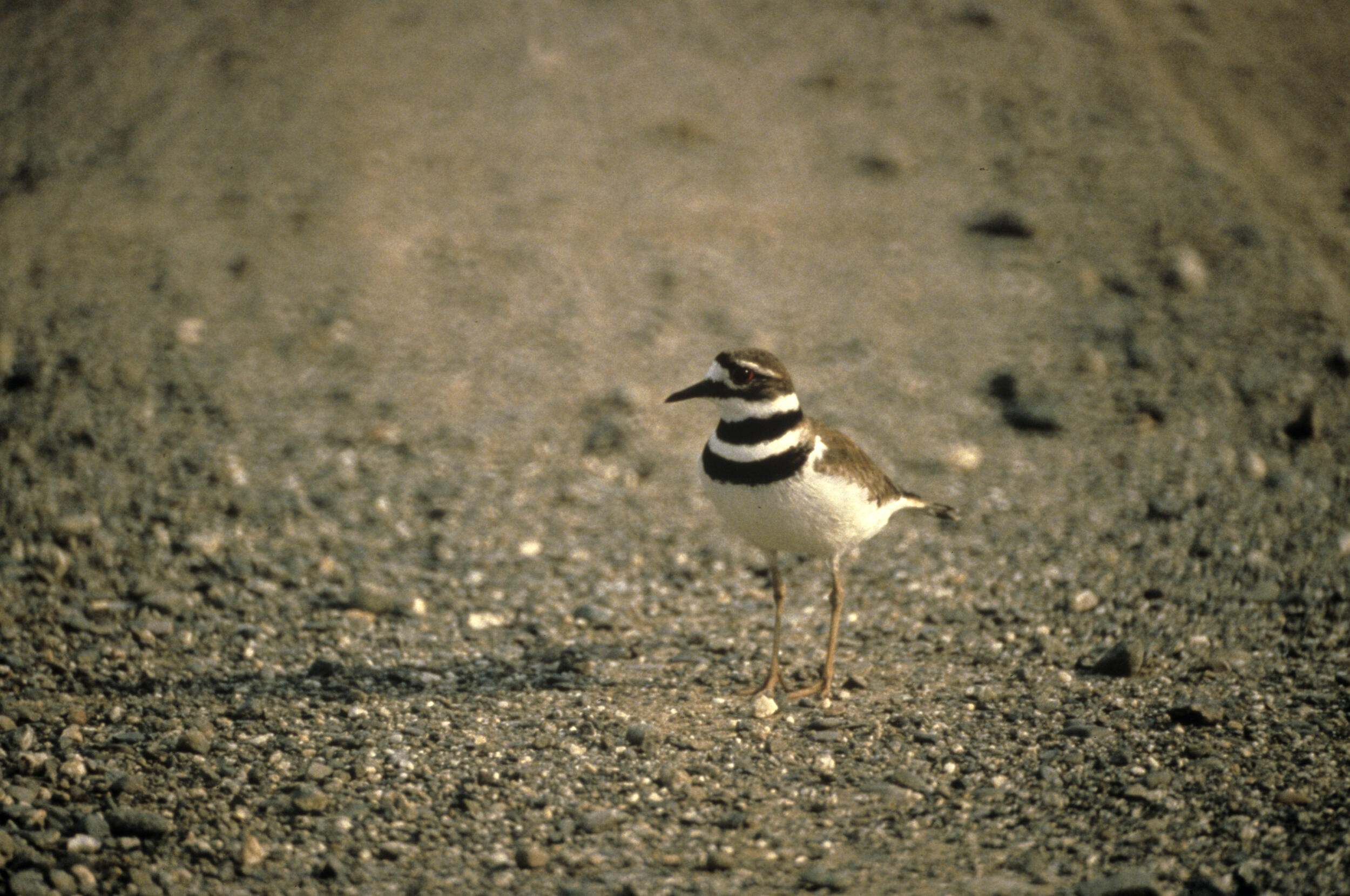
Portrait of a killdeer (Charadrius vociferus), a medium sized plover, on the banks of the Cosumnes River, CA. © Ed Greaves As the Cornell Lab of Ornithology notes, killdeer are “a shorebird you can see without going to the beach.” They’re vocal and highly visible, and often found in parks and open fields.
On a recent visit to a local state park, my now 8-year-old son came across a killdeer. He found the name to be hilarious (“It doesn’t look like it could kill a deer.”) Even funnier to him was the bird acting like it was wounded. Killdeer do this to lure predators away from the nest. They flop their wing on the ground, as if it is broken, and do a rather theatrical rendition of wounded, tasty prey.
Of course, we swerved away to give the bird (and its nest) some space. But seeing behavior like this is a great way to talk about adaptations and how birds find ways to evade predators.
-
Osprey
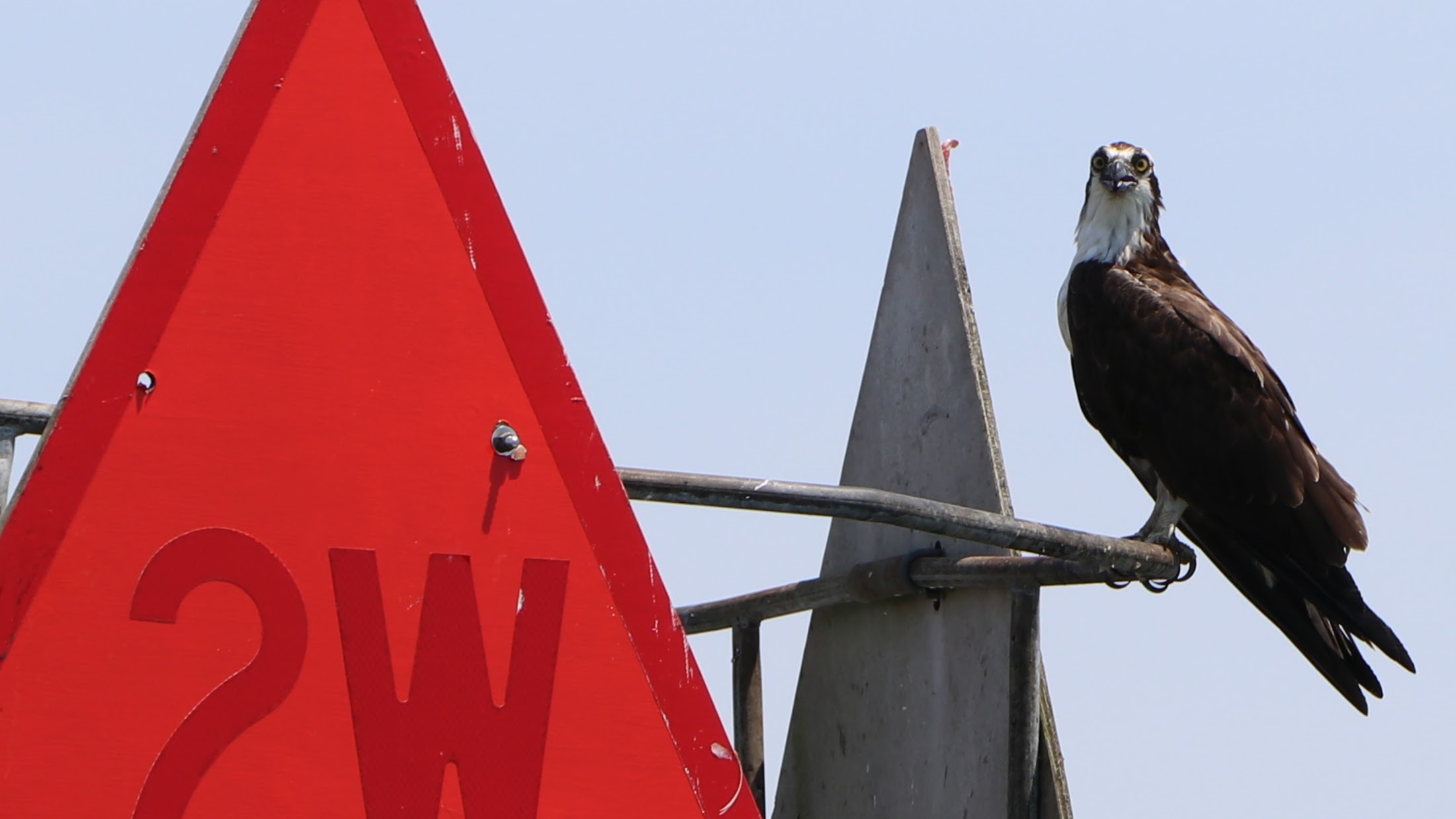
On our local greenbelt path, I regularly see joggers and bikers immediately stop to enjoy an osprey flying overhead. The osprey is an undeniably beautiful bird. For kids, there’s another reason they’re interesting: They are among the easiest predators to watch in action.
If you find a river or pond that an osprey frequents, you can also see them dive into the water and come up with a flapping fish.
I still remember seeing my first osprey, on a fishing trip to Canada when I was 14. I’d sit on the dock by the cabin and watch them splash into the water. They seemed such a rare bird then. Fortunately, this is one bird species that is more common now than when I was a kid.
Once threatened by pesticides, pollution and illegal hunting, the osprey has rebounded and is now common throughout North America. During the summer, I see them almost daily around my Idaho home.
-
Peregrine Falcon
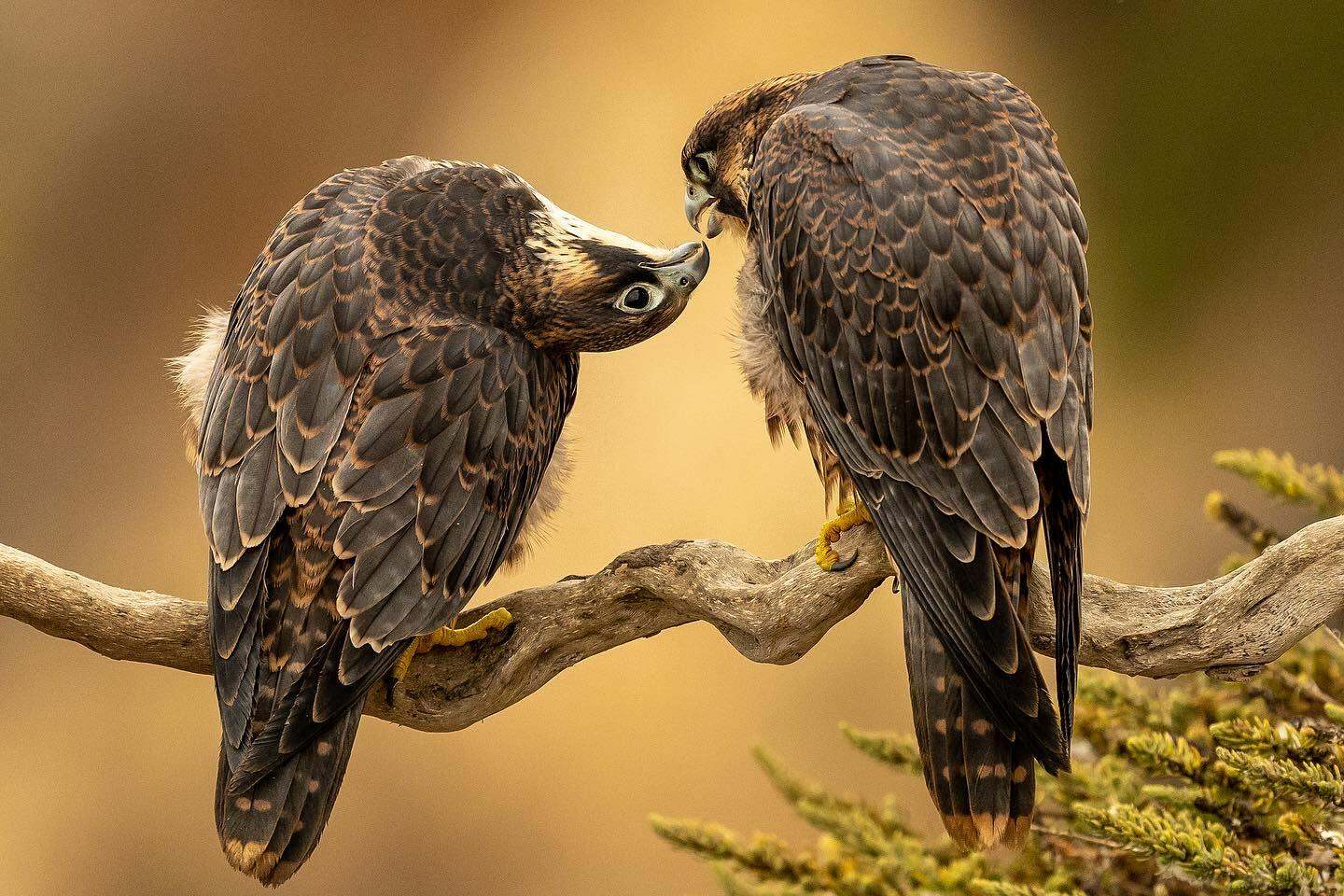
Juvenile peregrine falcons near their nest site © Ariel Seroussi/TNC Photo Contest 2022 My son loves superlative animals: the biggest, strongest, most venomous. And fastest. For a long while, that made the peregrine falcon his favorite bird.
Like the osprey’s story, the peregrine falcon’s recovery from the brink is a roaring conservation success. One reason is nesting boxes established in cities. Tall buildings are much like canyons and pigeons provide abundant prey.
This provides a great opportunity for kids to dramatic predator-prey interactions even in the heart of cities. When I had an office in downtown Boise, I’d often see raining feathers and bird parts. Looking up, I might catch a glimpse of the peregrine darting away.
Nest cams allow another opportunity for kids to watch the habits of peregrines from home, including bringing home that prey to young.
-
Turkey Vultures
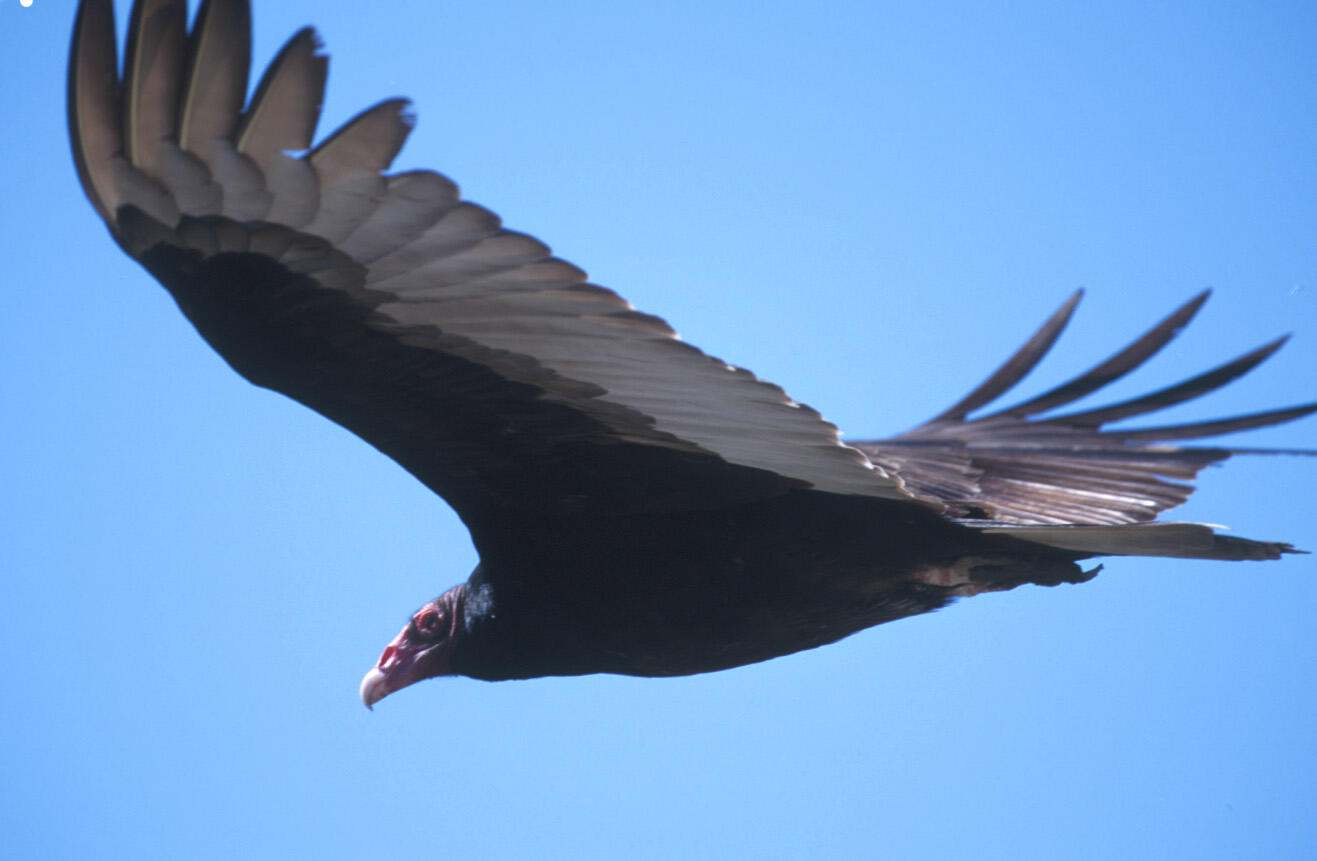
Turkey vulture flying. © Gary S. Meredith If bothered, a turkey vulture can projectile vomit 10 feet to discourage further interaction. The vulture urinates on its legs to cool off on hot days. And it eats dead stuff, the reason for that bald head. Basically, to human sensibilities, the turkey vulture is gross.
And what kid doesn’t love the gross-out factor?
Of course, as with any bird observation, it’s a perfect opportunity to share why vultures are ecologically important as nature’s clean-up crew. If you are lucky (?) enough to see one tearing into some roadkill, you get a combination gross-out and ecological lesson.
I suspect I’m not the only kid who sprawled out in a field, hoping it might lure the circling vultures in for a closer look. Right?
-
Feral Pheasants
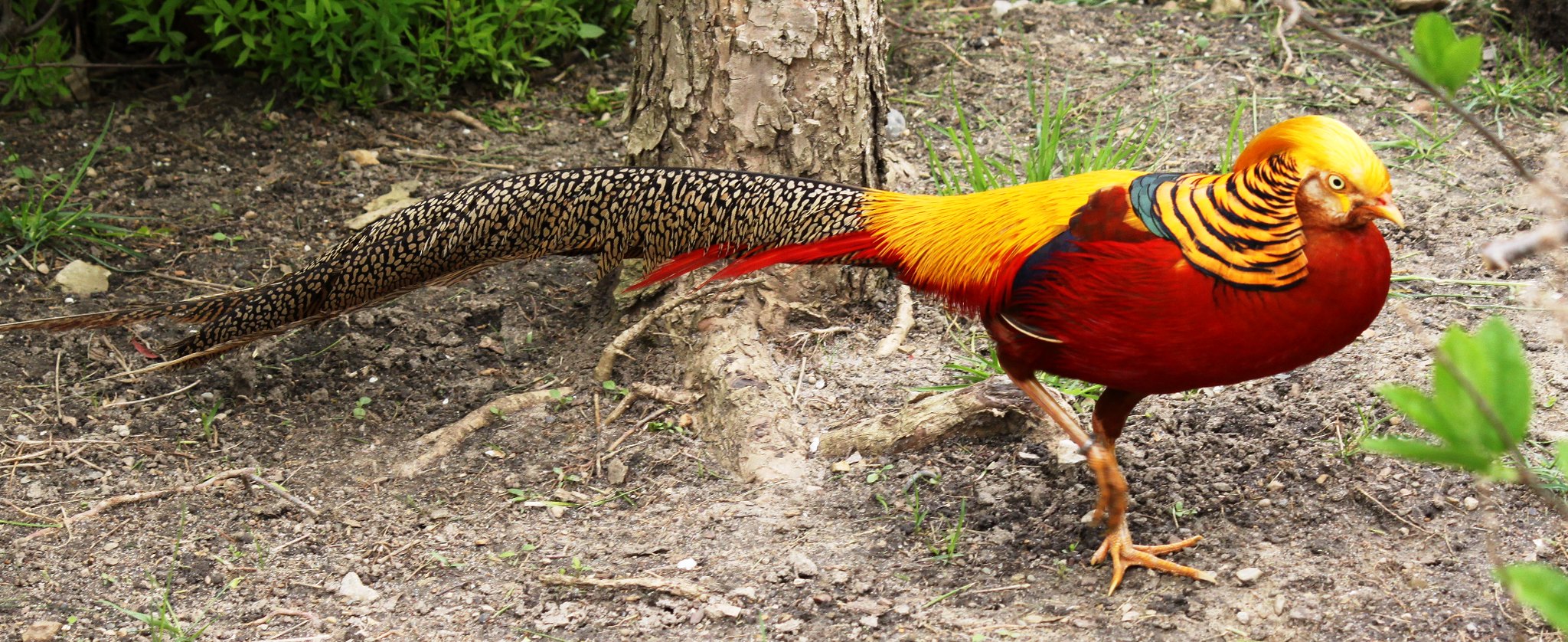
Golden pheasant © OZinOH/flickr under a creative commons license This might be a bit of an unusual pick. I was one of those kids who dreamed of far-off places and the cool animals found there. It would be a while before I got to go see those places for myself, but sometimes I’d catch a glimpse of those unusual critters.
A local animal attraction kept a collection of exotic pheasants like the Lady Amherst, golden, silver and Reeves pheasants. I was taken with these spectacular birds.
They’re native to Asia, but some of these aviary and game farm birds escape. Some even form feral populations. The thought of tracking down some of these free-roaming pheasants always appealed to me, a bit of a safari close to home.
I smiled when ultra-birder Mya Rose-Craig, in her engaging memoir Birdgirl, devoted a chapter to see feral golden pheasants in the United Kingdom. It was one of her spark birds and one of her introductions to the world of serious life listing. (She went on to be the youngest birder to see more than 5,000 species).
Yes, I know they’re not native in the US or the UK. Still, unusual critter quests are fun. And they’re beautiful. If I hear of an exotic pheasant sighted at a local park, you can bet I’ll be there with binocs.
-
Hummingbirds
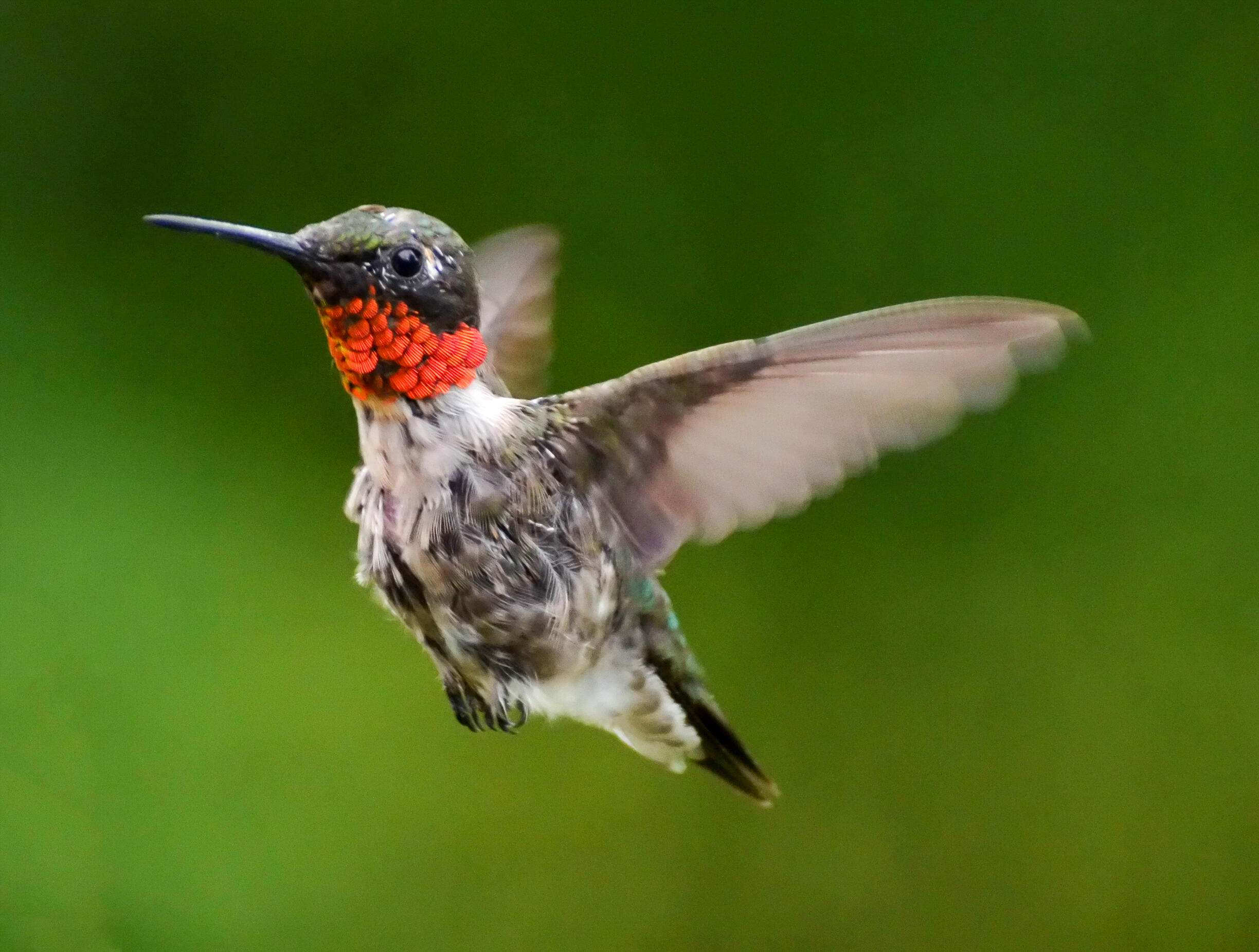
Hummingbird © Darrell Bodnar They’re fast. They’re colorful. And they’re cute. The various species of hummingbirds are very fun for kids to observe. With even limited patience, you can often see their whirring wings up close.
Ubiquitous hummingbird feeders have enabled many more children and adults to become fans of these little birds. But I think it’s even better to have kids watch the hummingbirds among flowers and native plant gardens. This, too, can be a lesson in pollinators and ecological interactions.
If you stake out flowers for a few minutes, you might see a hummingbird an arm’s length away. You could be fooled by the hummingbird moth, an insect with an uncanny resemblance to the bird. You can see bumblebees and wasps and birds all vying for pollen. The hummingbird is the undeniable star, but there’s a lot going on for children to enjoy.
-
Common Merganser
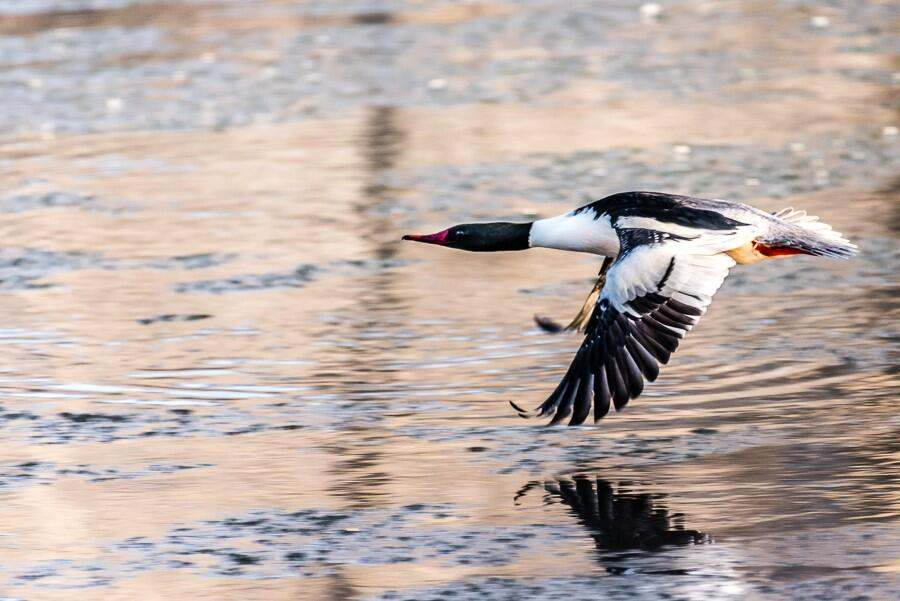
Common merganser © Ken Miracle Really, this could be any bird that dives, like loons, various ducks or grebes. Mergansers are my favorite, because you can often see (big) fish hanging out their beaks. And they just look cool.
Mergansers dive beneath the surface for a long time. When will they reemerge? Where? Questions engage young naturalists and keep them engaged in what’s happening around them.
I always enjoy watching a family of mergansers hunting as they float down a river. And of course, freshwater habitats are great for other interesting species, from belted kingfishers to great blue herons, from snowy egrets to American bitterns.
There are many ways to enjoy bird watching, from putting up a backyard feeder to chasing “big year” world records. Hopefully, that interest also leads to support of conservation, as many bird species face declines and uncertain futures. That interest can start at any point, and it often begins with enjoy the natural spectacles, all around us if we stop and look for a moment.
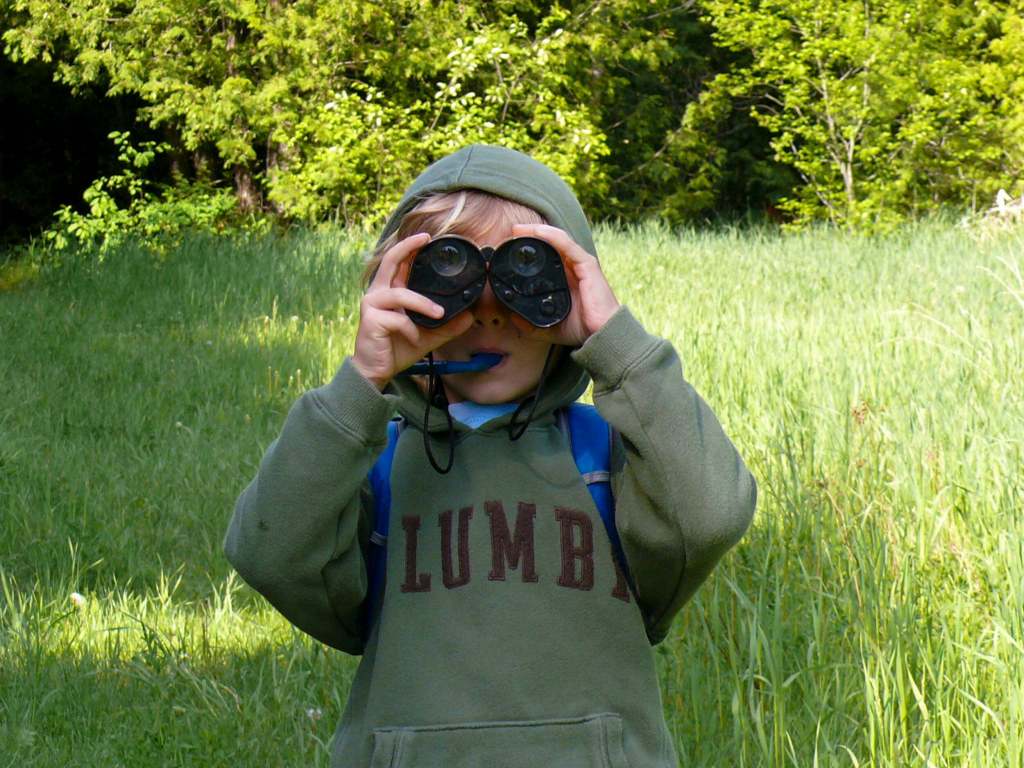



Why would you pick a non-native species? Are you a pheasant hunter?
My spark bird was a pair of House Finches building a nest under the eaves of my porch, noticed when I came home from school during my sophomore year of high school (62 years ago). It was the first bird I ever looked up in a bird book. I’ve been birding ever since and made a career of conserving and managing natural resources.
I loved the house wrens who had a nest in a can on our front porch and would sit on the chain of our porch swing and sing, even when we were sitting there. And then there was the mulberry tree in our front yard. We would lie on the porch with our bird books in front of us to see how many different species we could see that morning. Cardinals, blue jays, sparrows, red-wing blackbirds, robins…
Wonderful article and photos! I’ve recently moved to a house on the Magothy River in MD…coastal living on the river, which runs into the Chesapeake Bay, is providing me with daily sightings of osprey, mallards, gulls, cormorants, and my absolute fav…the great blue herons! They even hang out on my dock! Now, I just need to get my beautiful little hummers to come back:)
Did you forget the Bob White?
The bird that whistles his name…..bob white bob white
Barn swallows and ring-necked “China” pheasants on my uncle’s dairy farm; hummingbirds – anytime, anywhere!; red-tailed hawks & turkey vultures soaring over farm and city ~ they’re the ones that excited me most. Baby robins in a fallen nest, carefully put back in the cherry tree; male red-winged blackbirds singing during “courting season”; and Swainson’s thrushes singing in the canopy of Douglas firs, not visible but joyously audible.
What about ordinary birds! Robins snd spring, blue jays and their noisy racket, bright red cardinals. Love these as well now and as a kid
I was enamored with red winged blackbirds as a kid and loved to draw them. It was only much later, however, that I learned how different the females and juveniles looked (the sexual dimorphism thing).
This is a great article! Thank you! Rufus Griscom
For me it was the mockingbird and mourning dove.
A northern hawk owl sparked my adult birding. My life list when I stopped listing in 2017 was 634.
Starlings are one of the birds I found interesting as a kid, also pigeons..
Growing up a city girl, I was always happy to see the 1st robins of Spring & make a wish! On summer vacations to the Adirondacks I saw my 1st hummingbird at about 5 yrs old- been hooked on birds ever since & both my kids too!! I now live on the Mohawk River in upstate NY & see everything from Bald Eagles to petite goldfinches on a daily basis – very lucky!!
MY childhood bird of inspiration was the male red-winged blackbird.
Piliated Woodpecker and Great Blue Heron